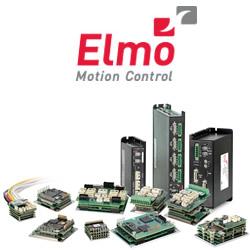Gen Z and Robotics: Redefining Manufacturing for the Digital Age
Shop Floor Scheduling: Are You Getting the Most out of Your Plant's Production Capacity?
NVIDIA Accelerates Humanoid Robotics Development
The Robot Driven Logistics Industry
Pallet by pallet - Intelligent robotic vision system destacks up to 800 objects per hour
Fast Hexapod Improves Aircraft Manufacturing Process
Machine Vision Brings Sight and Insight to Industry 5.0 Strategies
Automating pick-and-place in food manufacturing
Standard Bots Secures $63M in Funding to Propel American Manufacturing Forward with AI-Driven Robotics
Mecademic robots achieve sense of touch with Bota sensors
DESTACO Smart Electric Product Line of Clamps and Guides
The vital role of industrial workstations in manufacturing
Understanding Force Sensors: How They Work and Measure Force
What Are the Secrets to Optimizing Motion Control in Robots?
Zebra Study: Only 16% of Manufacturers Have Real-Time Visibility into Manufacturing Production
Records 106 to 120 of 1238
First | Previous | Next | Last
Factory Automation - Featured Product

